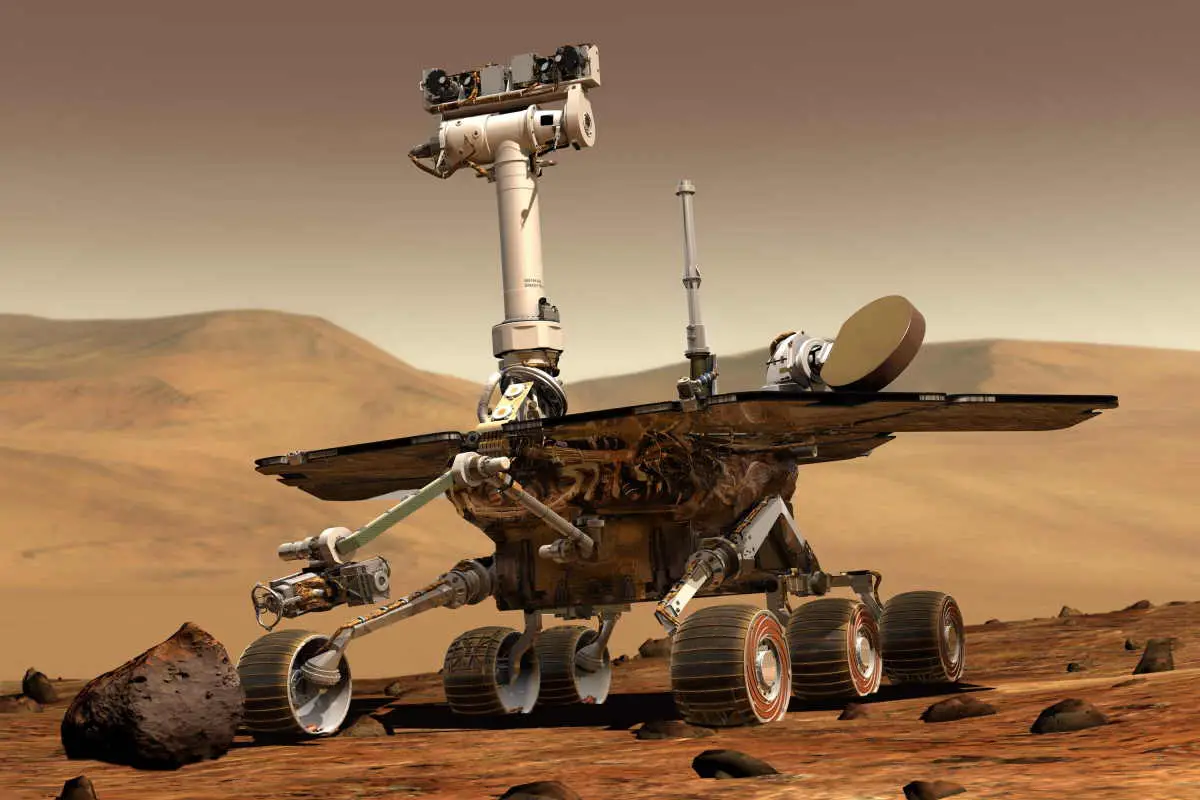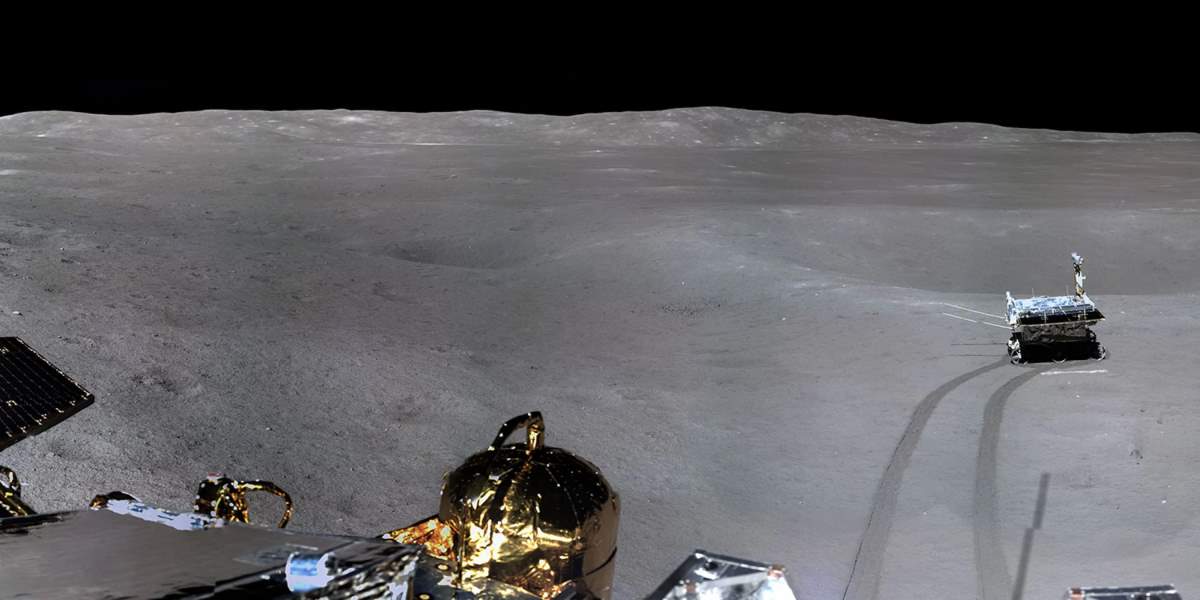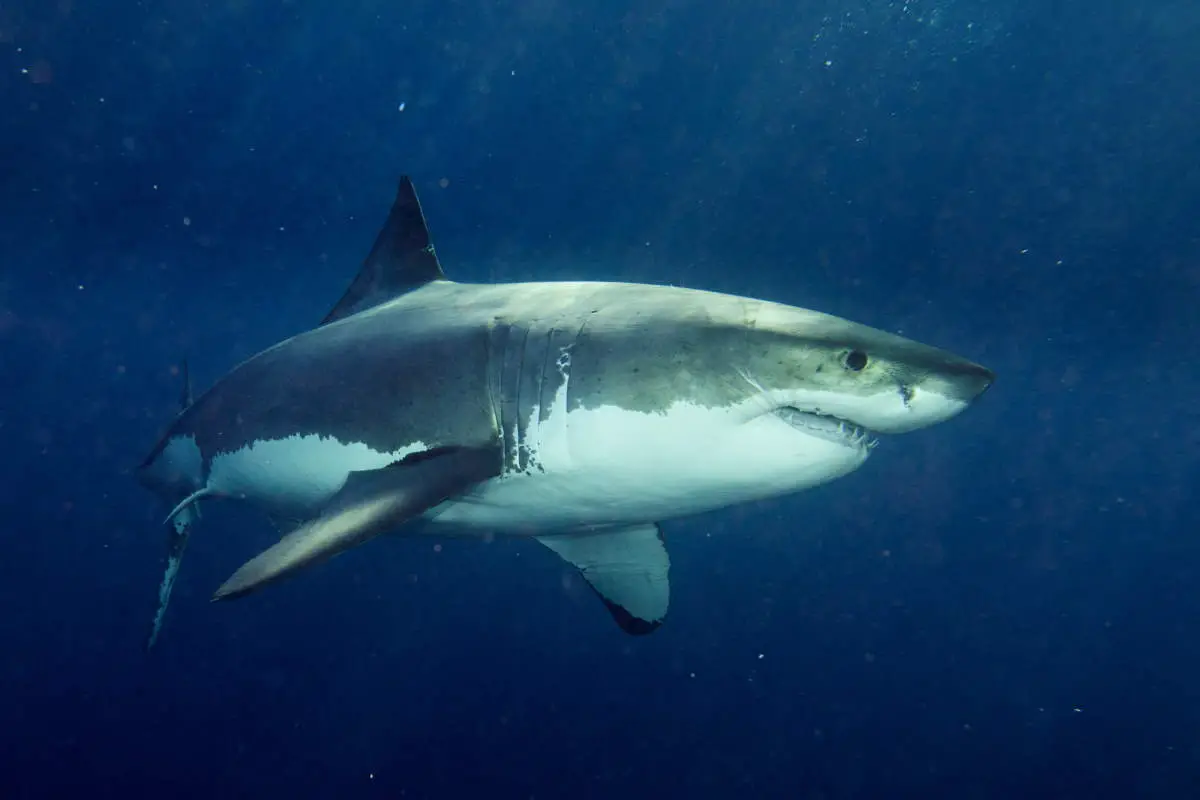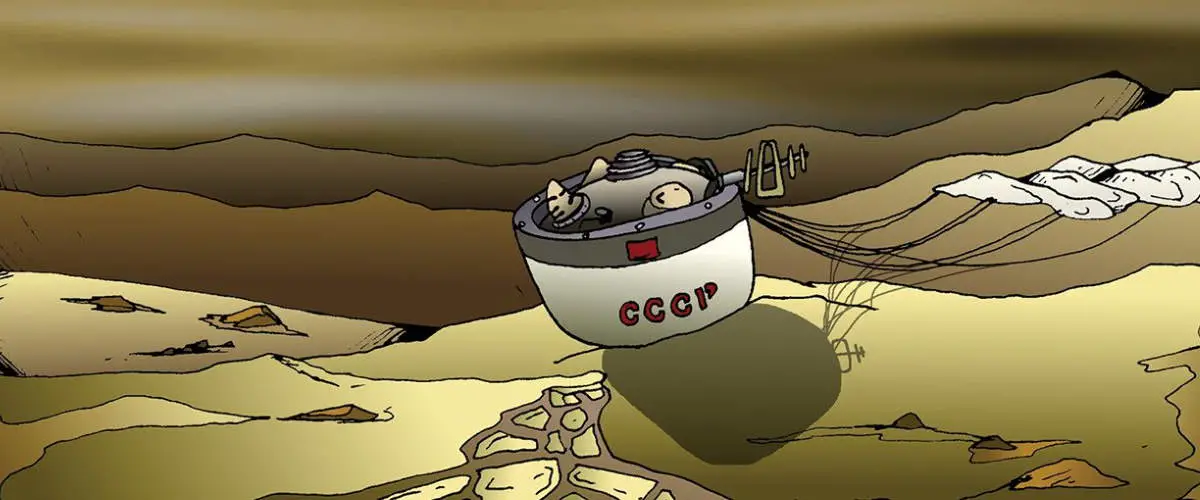Uranus looks like a featureless blue-green marble from space. Because of this, most people consider the gas giant “boring” and as a result, it receives the least attention from science enthusiasts. But, actually, the planets in our solar system are all fascinating in their own way, and each one has unique features that make it worth studying. Uranus has a number of interesting features and it is an important part of our solar system. It offers many opportunities for scientific discovery.
With a radius of 25,362±7 km (about 15,760 miles), Uranus is the third-largest planet in the solar system, after Jupiter and Saturn. It’s the fourth, behind Neptune, by mass, though.
Its average distance from the Sun is roughly 20 AU (3 billion km or 2 billion miles, see notes 1). 1 Uranus year is about 84 earth years. One day on Uranus takes about 17 hours and 14 minutes.
Here are the 10 amazing facts about Uranus, (probably) the most underrated planet in the solar system.









